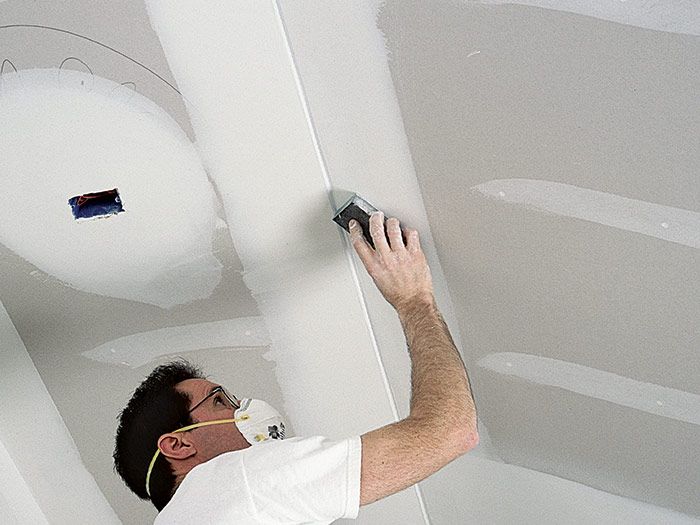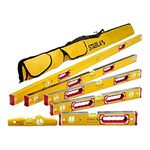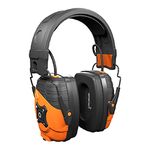How Do I Get a Straight Drywall Joint?
Myron Ferguson shares tips for preparing framing and for detailing inside corners to avoid inconsistencies in tough areas.

I’m working on a dormer addition and want to get the ceiling right. In particular, I’m worried about the off-angle tape joint in the drywall between the sloped ceiling and the flat section. Any tips?
—Fran Cielo via email
That Drywall Guy, Myron Ferguson, replies: Those inside corners can be a nightmare, especially when these angles are on a ceiling. That angle often runs the length of the room and is a focal point (at least it is for anyone who has ever worked on a corner like that).
It all starts with the framing. Obviously the straighter the framing, the easier it will be to get the finished angle looking good. Use a stringline to check the straightness of the joint in the framing. Shim and trim along where the rafters from the two slopes join to get the framing as straight as you can. Pay closest attention to the last foot on each side of the angle.
When hanging the drywall, avoid installing a narrow strip on either side of the angle. Part of the reason for this is that taping that additional joint just makes getting the angle itself straight a little harder. I don’t like to install drywall that’s less than 24 in. wide; using small pieces makes it hard to bridge inconsistencies, and can highlight them. It’s sometimes helpful to not install any screws right along the inside edge — keeping them back from the edge about 8 in. to 10 in. allows the drywall to float over any small inconsistencies.
Hang one side at a time. Once you’ve hung the first side, sight down that edge. You might need to shim that sheet or run of drywall a little more. The next trick is choosing the right inside-corner material for the job. Paper tape is not the answer. A great choice is a wide (3-1/2 in. to 4 in.) adjustable inside-corner bead. These can be a paper-faced metal product or a paper-faced vinyl product. These beads are very resistant to cracking and adjust to any angle. Both get embedded in joint compound, which is the adhesive that holds the bead in place. Use a premixed heavyweight joint compound; lightweight compound and setting compound do not work as well. The edges are concealed and blended into the surrounding drywall with joint compound, but the very center where the bead folds is typically not coated with compound. The straight inside edge you start out with is the straight inside edge you end up with.
I have had great success with the Sheetrock flexible metal inside corner bead and the CertainTeed No-Coat product. If you are concerned there may be enough structural movement to cause a crack, Trim-Tex makes a product called Magic Corner that acts as an expansion bead and also provides a very straight inside angle.
From Fine Homebuilding #296
Fine Homebuilding Recommended Products
Fine Homebuilding receives a commission for items purchased through links on this site, including Amazon Associates and other affiliate advertising programs.

Protective Eyewear

Stabila Classic Level Set

Bluetooth Earmuffs





